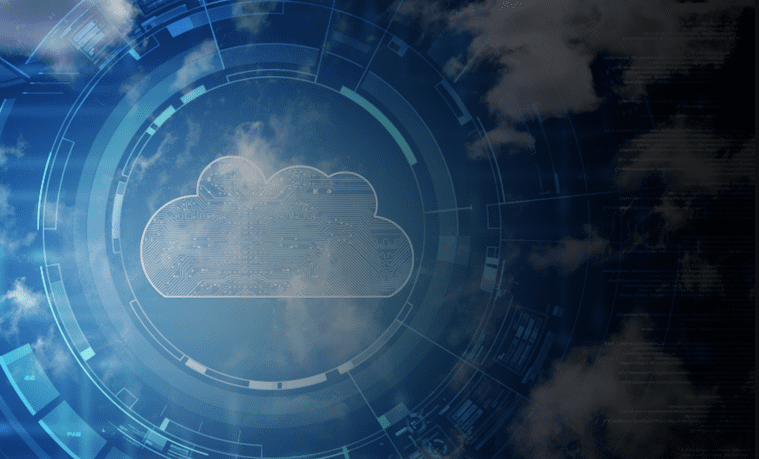8 Things to Consider Before Choosing Your DRaaS Provider

Audio : Listen to This Blog.
In today’s era, business information is much more valuable and sensitive than ever before. According to a recent survey held by the University of Texas, you’ll be surprised to know that nearly 94% of companies undergoing a severe data loss do not survive, 43% never reopen, and almost 51% close within 2 years of the loss. Also, per Gartner, 7 out of 10 SMBs go out of business within a year of experiencing a major data loss. These statistics clearly show that with a growing dependency on information technology, the prospect of downtime, mass loss of data, and losing revenue is a very real concern, not to mention the long-term damage these occurrences bring to your company’s image and potential profit.
The surge of disaster recovery as a service (DRaaS) presents a range of opportunities to safeguard our infrastructure and resources. DRaaS uses the infrastructure and computing resources of cloud services and presents a practical option to an on-site technology DR program. Administrators and IT leaders can make use of it to supplement their existing DR exercises by adding more comprehensive performance abilities. They can also employ the technology to replace their current DR activities entirely.
Disaster Recovery as a Service (DRaaS) offers faster and more flexible recovery options for physical and virtual systems across different locations, with shorter and quicker recovery times. Yet, like any other advanced technology, DRaaS also bring various risks to the table. A vital tool for overcoming such DRaaS risks is known as a service-level agreement (SLA). It includes what the DRaaS vendor will provide based on performance metrics, such as uptime percent, percent availability of resources, and blocked security breaches. It also spells out solutions, such as financial penalties or refunds of maintenance costs for vendor failure to satisfy SLA conditions. Below, we discuss a few top risks involved with DRaaS and ways to mitigate them.
Risk Issues of DRaaS and Ways to Mitigate Them
1. Access control
In case of an emergency, securing access to critical data and systems is imperative to prevent any unauthorized access and possible damage. If a vendor has a Service Organization Control 2 (SOC 2) report available, make sure you ask for a copy of the same. But why? Because it provides you the audit data that addresses security, availability, confidentiality, processing integrity, and privacy metrics.
2. Security
Considering that your critical company data might soon reside or already residing in a cloud environment, the security of that data is of greater concern than when the data was stored on site. Hence, ensure that your DRaaS provider has an extensive set of security resources to ensure that your critical business data is safeguarded and is always accessible. One such approach that you can follow is to work with a vendor that has multiple data centers with redundant storage facilities so that your critical business data can be kept and stored in more than one location.
3. Recovery and restoration
These are the two key metrics in a DRaaS program that indicate how quickly a company’s data and systems can be restored to service after a disruptive incident. If your DRaaS provider’s track record during disasters compels you to take a pause for concern, adjust the parameters accordingly in the SLA or consider returning critical systems and data on-site to an alternate DRaaS vendor.
4. Scalability and elasticity
The most important reason for the growing demand for managed services is their ability to adapt to changing business requirements quickly. While negotiating contracts and SLAs, you must make sure to evaluate the additional resources that can be made available during an emergency and how soon they can be activated. A vendor must fully disclose where the data and systems are kept and how resources are federated among other vendors. This is necessary to make sure that the data is accessible whenever required.
5. Availability
It would be best to make sure that your resources are accessible when and where you need them. It is essential to keep in mind that every minute that technology and/or data aren’t restored in case of a disaster, your business runs the risk of a severe disruption to operations. Data in a SOC 2 report can shed some light on potential availability issues.
6. Data protection
Never forget that lack of adequate data integrity controls can really endanger customer systems and data. So make sure that your vendor provides suitable data protection controls.
7. Updating of protected systems
System and data backups must be made according to a client’s requirements. For example, full backups and added backups and security access to those backups must be safeguarded. Again, your SOC 2 reports can provide valuable information on these activities.
8.Verification of different data, data backups, and disaster recovery
Your vendor’s capability to quickly verify data backup and system recovery is necessary for your IT management. So that, in any case of disaster, those key activities can be fully confirmed.
Final Thoughts
To summarize, true disaster recovery is a process of a continuous feedback loop, where testing and new information are included in the program to enhance your recovery options. But, without constant testing and feedback, your disaster recovery plan is ineffective. The point of all this is not to confuse you in any way, but instead, to help you open your eyes to the realities of DraaS risks you might experience in the near future. With all this knowledge, you must appropriately create a recovery plan that is extensive and well thought of, rather than full of missteps. Consider all this information when you start looking for a DRaaS provider to prepare the best plan possible.
